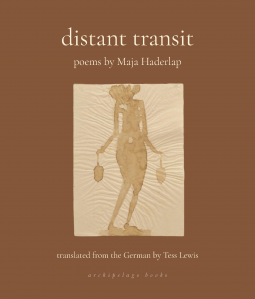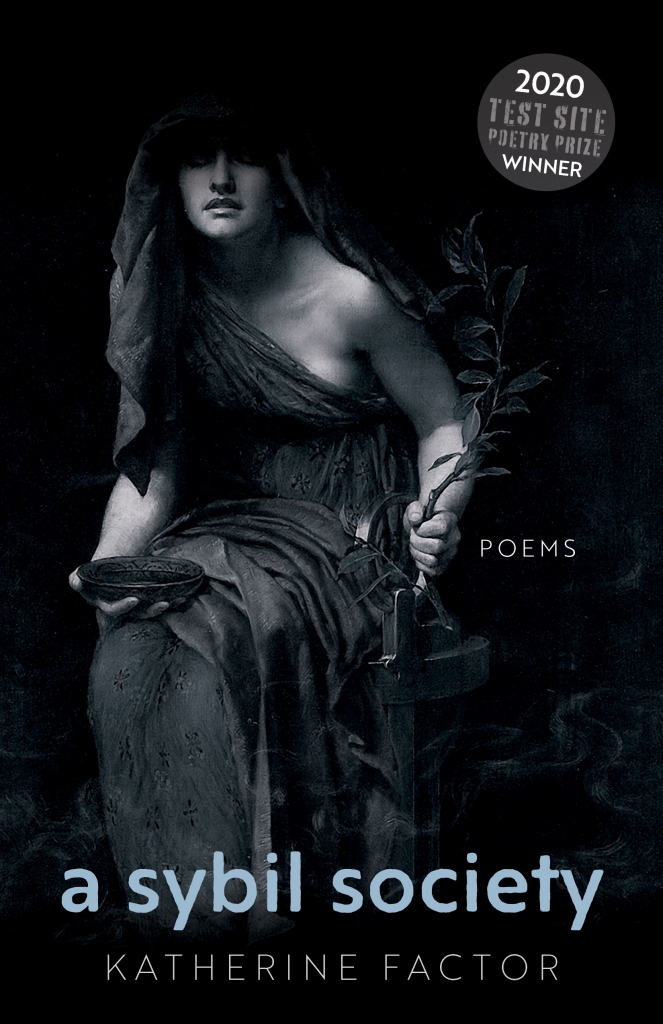
German Aircraft of World War I: 1914-1918 by Edward Ward is a detailed history of the aircraft used by the German military in the First World War. Ward is a writer and illustrator who has written on various aviation subjects for over ten years. He has produced many articles for aviation journals both in print and online and is a regular contributor to the Hush Kit aviation blog. Edward lives with his wife and daughter in Sydney, Australia.
World War I brought many changes to warfare. From the machine gun to the use of trains for rapid deployment, World War I was the first modern war. Perhaps the most significant change was combat in the air. What started as unarmed reconnaissance quickly became a new form of killing. Feeble biplanes at the beginning of the war evolved into well-armed metal monoplanes by the war’s end.
The reader will see the evolution of aircraft and aircraft series. Ward breaks the planes down into purposeful groupings: single-seat fighters, two-seat reconnaissance and general-purpose planes, ground attack and escort planes, and bombers. The fighter planes make up the first group covered. Ward includes aircraft specifications and details about its service. The reader will notice that camouflage was not a priority compared to modern warplanes: Red and white candy cane striped planes, lavender-colored bodies, and, of course, the red of Richthofen’s famous triplane.
Reconnaissance planes are the odd aircraft type. They were underpowered, slow to maneuver, and very much under-armed at the start of the war. Painted on the fuselage of one reconnaissance plane was “Good People Don’t Shoot.” The effectiveness of the statement left something to be desired. Planes like the Roland C 11a looked different than angular fighters with their rounded shape and forward and rear machine guns. The Taube looks artful with its split rudder and cable-supported empennage.
Ground attack aircraft make up the smallest section but one of the fastest evolving groups. Taking direct fire from the trenches would lead to armored planes. The Junkers CL1 was an all-metal monoplane with camouflage paint. Although this plane came out at the end of the war, it is an evolution of lessons learned in earlier planes: speed, maneuverability, early 20th-century stealth. Ground support aircraft would continue to evolve as Germany would later use the planes as part of its Blitzkreig in the next war.
The last section of the book covers seaplanes and bombers. Seaplanes look spindly, and engine development at the time would have made the extra drag of a water takeoff a struggle. Bombers, on the other hand, like the Gotha, demonstrated that long-distance bombing could be effective. Just thirteen years after the Wright Brother’s first flight, planes from continental Europe successfully targeted London.
The German Aircraft of World War I is illustrated with accurate color drawings and some original photographs. The illustrations add the realism that the original black and white pictures lack. Informative and easy read and enjoy.









